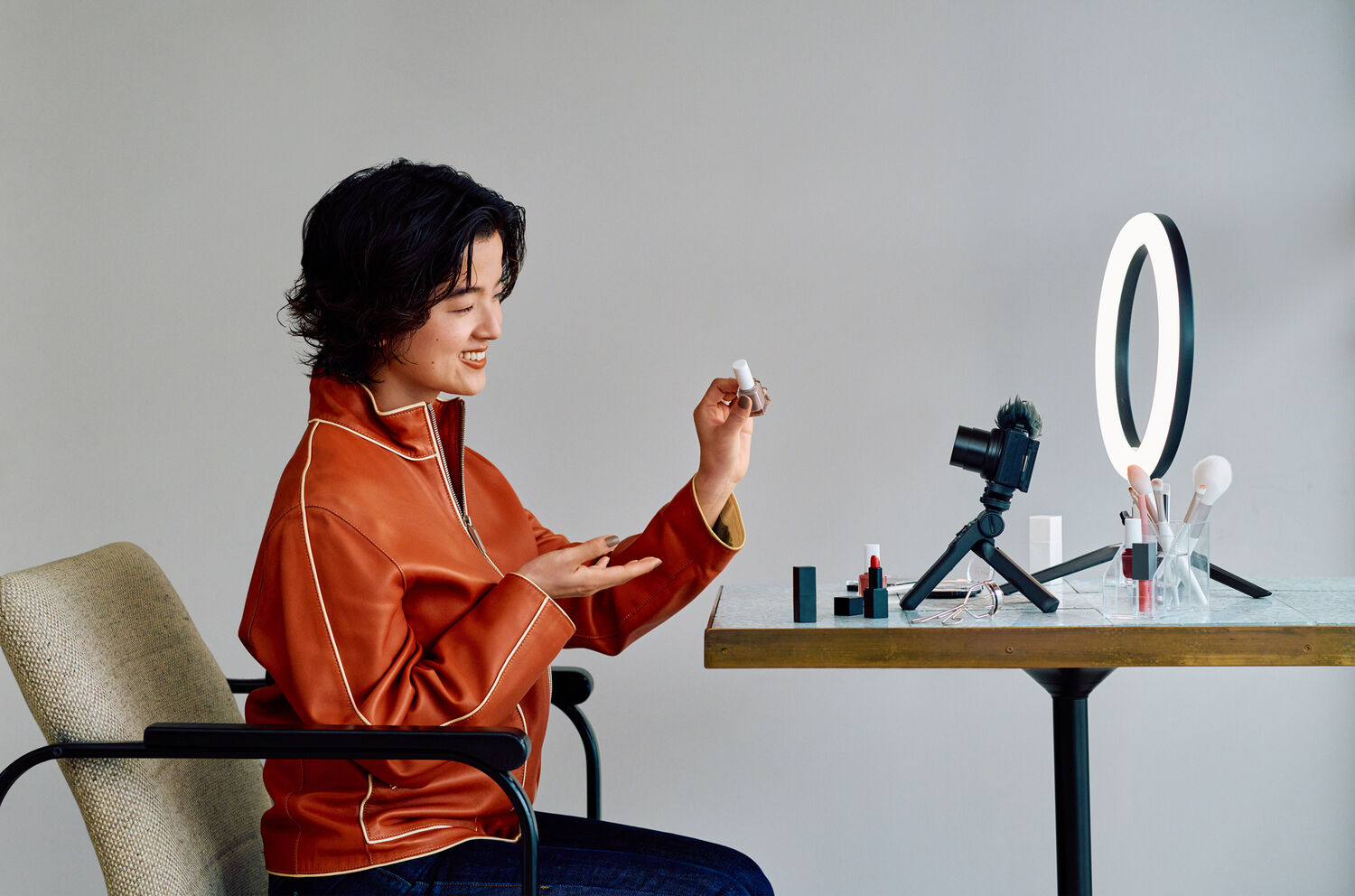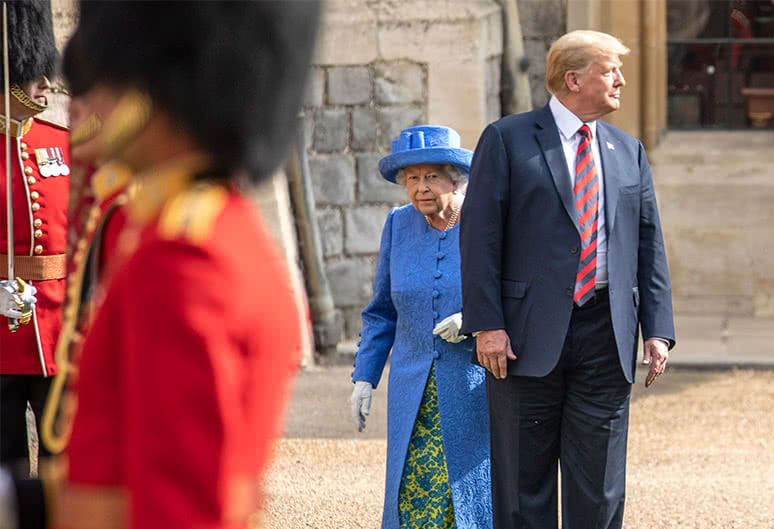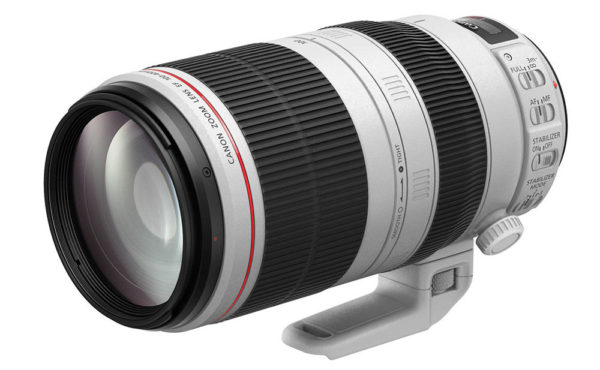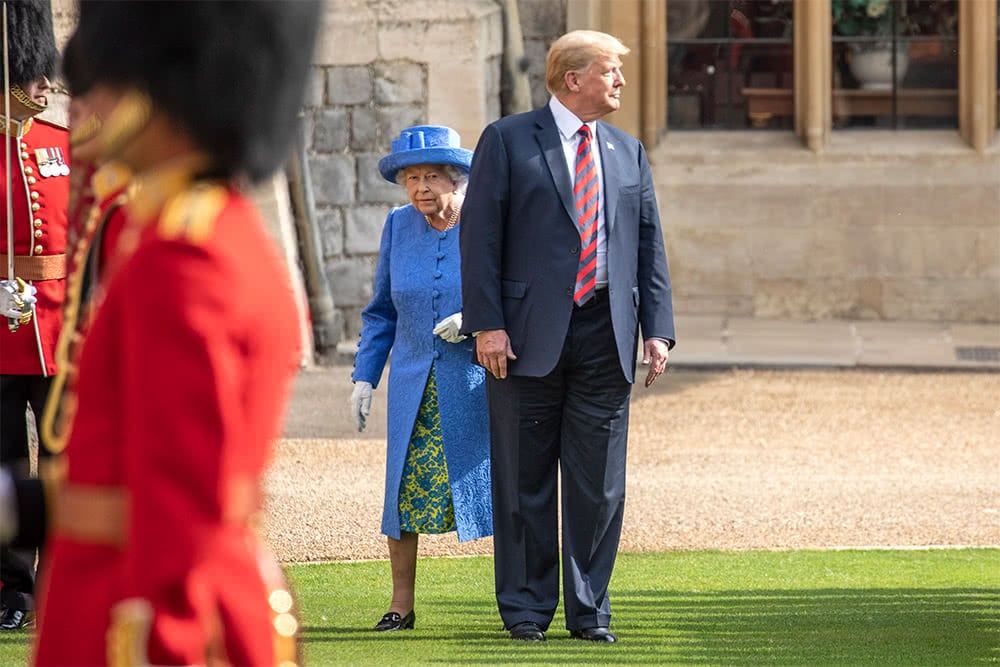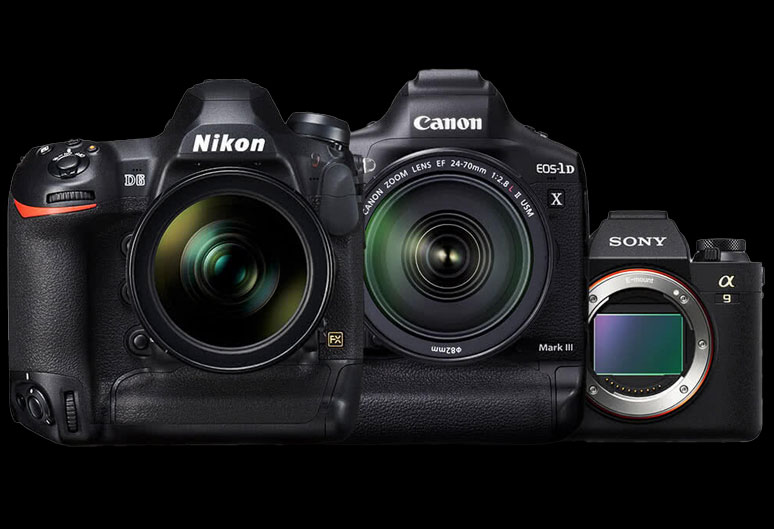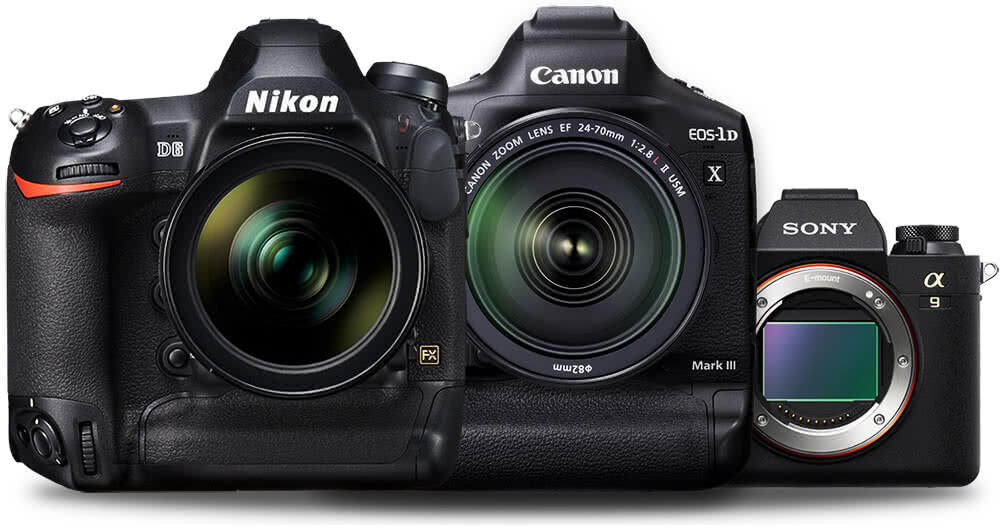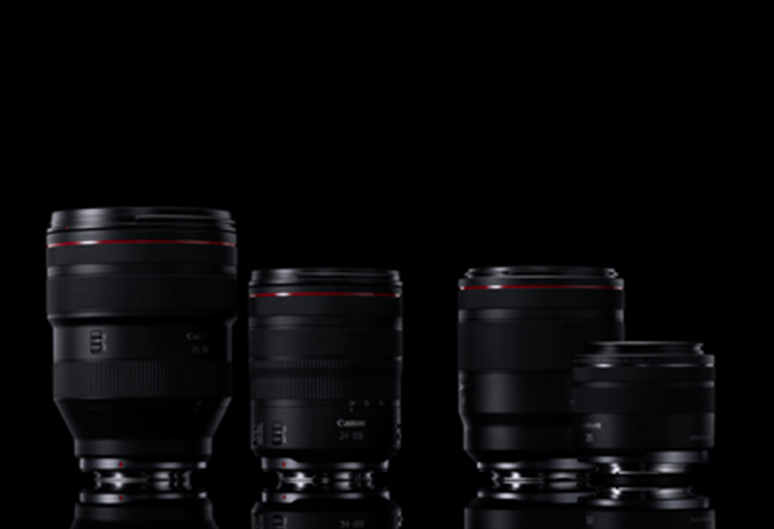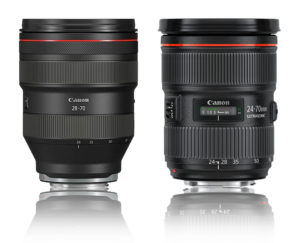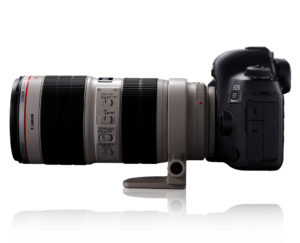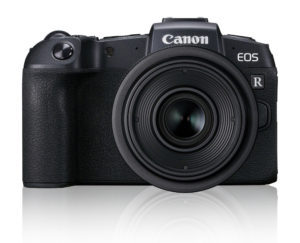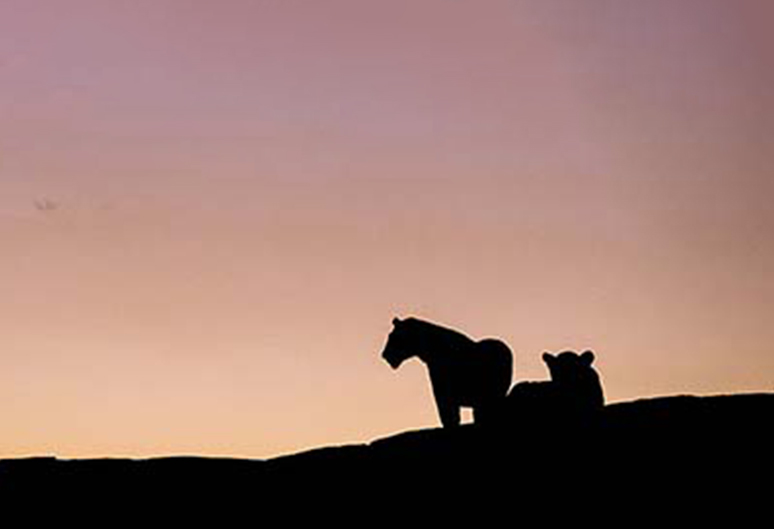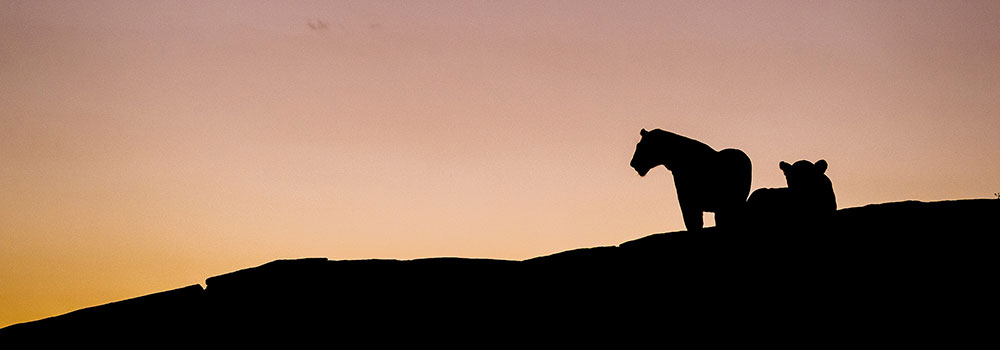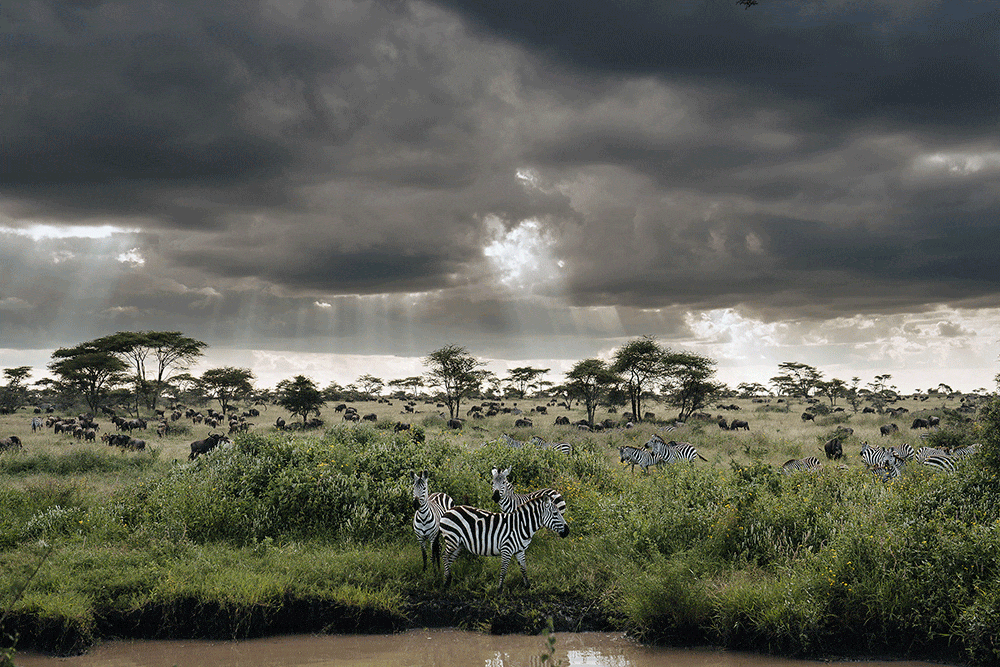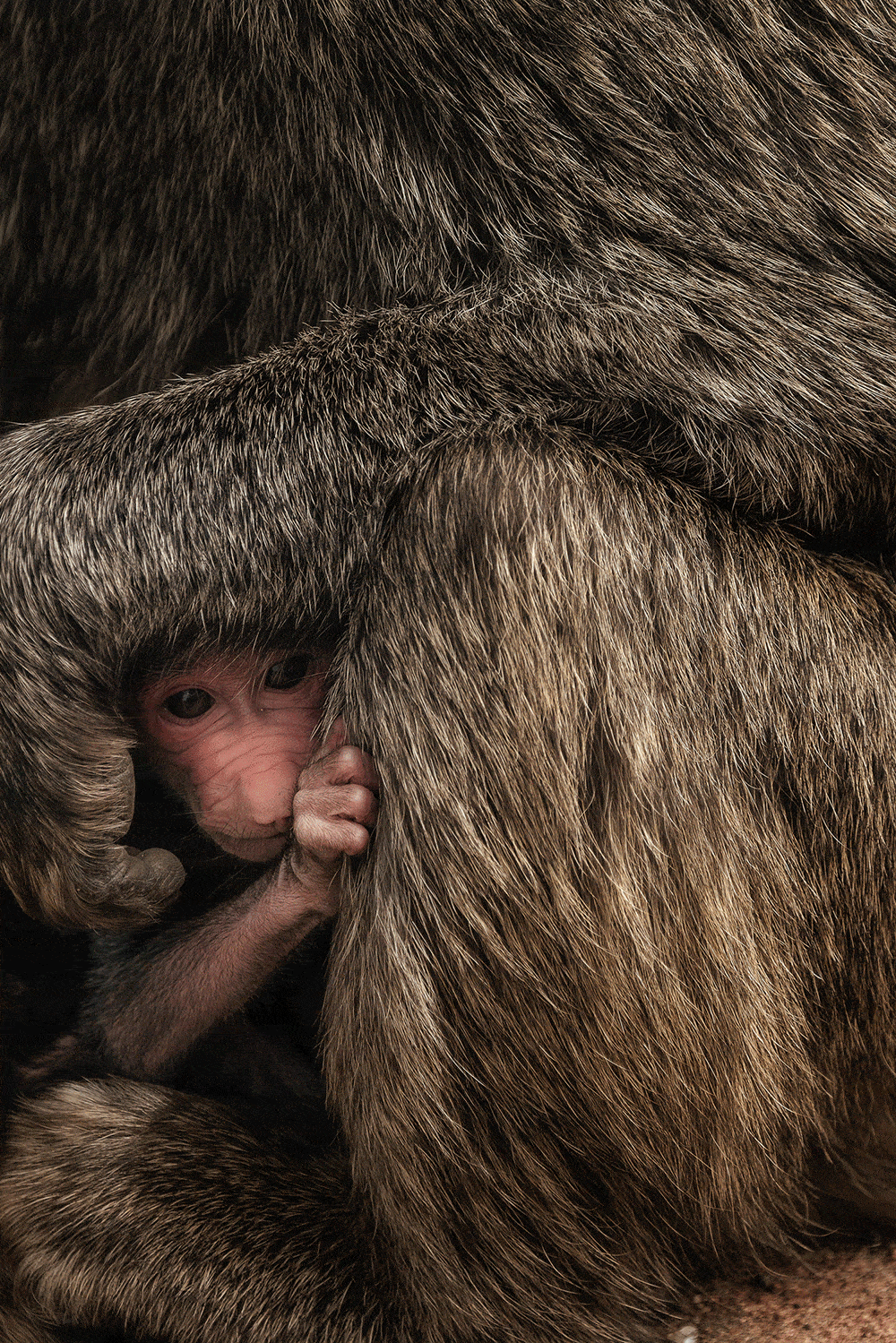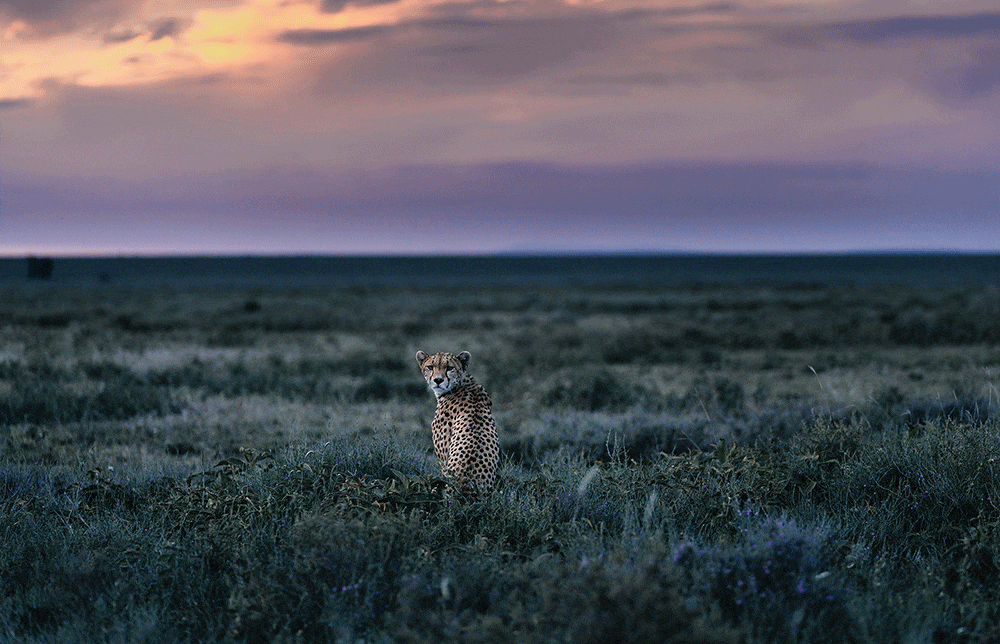Welcome to Fixation’s guide to the best cameras for vloggers! If you’re looking to start vlogging, one of the first things to figure out is what camera you’re going to use. You can of course use a smartphone for vlogging – and many people do. However, a dedicated vlogging camera confers all sorts of advantages, both in terms of the quality of your footage and the ergonomics of your setup.

At Fixation, we repair, sell and lend out cameras of all different types and sizes, including many that are perfectly suited to vlogging. For this guide, our team of technical experts has picked out the cameras we feel offer vloggers the best value for money, providing a demonstrable advantage over shooting on a phone.
Whether it’s a larger sensor for better low-light performance, an interchangeable lens mount for shooting flexibility or any of the other standout features of the cameras on this list, any of these models will form the backbone of a brilliant vlogging setup. So, without further ado, let’s get into the best vlogging camera to buy, starting with a fantastic option for beginners…
Best vlogging camera for beginners: Canon PowerShot V10
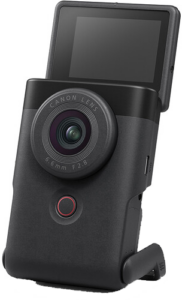
Key specs:
- Compact camera
- 20MP 1-inch sensor
- 19mm (equivalent) f/2.8 lens
- 4K 30p, Full HD 60p
- Ports: Micro HDMI, 3.5mm mic input, USB-C
We’ve been really impressed by the pocketable Canon PowerShot V10 since its release in 2023, and if you’re looking for your first camera for YouTube, it’s an excellent place to start. It’s a compact camera, but as you may have already clocked, it doesn’t look like a typical example of the genre. Its slim, oblong body lacks a handgrip, there’s no top-plate loaded with buttons and dials. What’s going on?
The answer is that Canon has created a vlogging camera by going back to the drawing board and thinking about what vloggers and YouTubers actually need. And so, while the end result could use some refinement in places, it’s much more usable for quick, day-to-day vlogging than many cameras that cost considerably more. The slim body and flip-around screen make it perfect for filming yourself one-handed, while the built-in stand means you can set it up on a desk or other flat surface within seconds. The 19mm equivalent lens gives you a nice, wide perspective that’s exceedingly useful for general-purpose filming.
Video-wise, the PowerShot V10 shoots at a maximum resolution of 4K 30p, which is pretty standard for cameras at this level. Supposedly it can record continuously for up to an hour, though if you’re in a warm environment you may find yourself running into overheating issues before that time limit is up. There’s no optical stabilisation, but there is a digital stabilisation system available for shooting on the move.
The PowerShot V10 isn’t perfect, but it’s a hugely promising concept, and the ergonomics of it make a lot more sense for the beginner vlogger than a lot of more conventionally designed cameras. For a simple, affordable and easy-to-use vlogging camera, this is definitely recommended.
Best vlogging camera with a zoom lens: Sony ZV-1 II
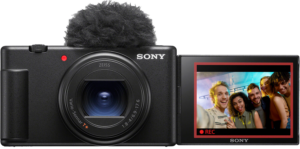
Key specs:
- Compact camera
- 20MP 1-inch sensor
- 18-50mm (equivalent) f/1.8-4.0 lens
- 4K 30p, Full HD 100/120p
- Ports: Micro HDMI, 3.5mm mic input, USB-C
Sony’s ‘ZV’ cameras represent the manufacturer’s dedicated vlogging range. While Sony E-mount mirrorless and compact cameras have been excellent options for video for a very long time now, the more recently introduced ZV models are specifically tailored to vloggers and YouTubers – offering extensive, flexible video functionality for a comparatively affordable price.
The Sony ZV-1 II is a compact camera equipped with an 18-50mm equivalent zoom lens, giving you a solid level of shooting flexibility. At the wide end of the lens, there’s an f/1.8 maximum aperture – this is especially useful for shooting with a shallow depth of field to throw out the background and keep the viewer’s focus on your main subject. Also, while the ZV-1 II has a 3.5mm socket to attach an external mic, its built-in three-capsule mic does a credible job, and will definitely be good enough for anyone whose beginning vlogging budget doesn’t have room for a mic.
With a slim body and a rubberised grip, the Sony ZV-1 II fits nicely in the hand and is easy to use. It also has a much better touchscreen interface than the original ZV-1, with quick access to key features and shooting menus. Even if you’re never used a camera before, the ZV-1 II is relatively easy to get to grips with, which counts for a lot in a beginner vlogging model.
There’s no optical stabilisation on the ZV-1 II, though Sony’s ‘Active’ electronic stabilisation is available to help smooth out footage a little. A better solution, if your budget allows, might be to pick up Sony’s GP-VPT2BT wireless shooting grip, which provides additional stability.
Best mirrorless vlogging camera: Nikon Z30
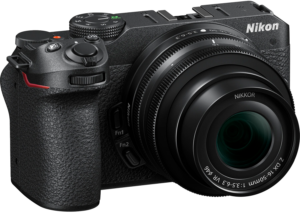
Key specs:
- Mirrorless camera
- 20.9MP APS-C sensor
- Nikon Z lens mount (DX)
- 4K 30p, Full HD 120p
- Ports: Micro HDMI, 3.5mm mic input, USB-C
The clever little Nikon Z30 is the vlogging-oriented member of Nikon’s larger Z-mount mirrorless family. If you have an interest in vlogging on Nikon kit, it’s unquestionably the best camera to start with. With a flip-around screen, sensibly laid-out controls, a pocketable body and an APS-C sensor that offers consistently excellent video quality, it’ll do everything you need and more.
The Nikon Z mount on the Z30 gives you access to some absolutely sublime lenses. The Z30 also has a stereo microphone built into its top plate for decent audio straight out of camera – though serious vloggers will probably want to spring for an external mic and plug it in via the 3.5mm mic input. It shoots 4K video at up to 30p using the full width of its sensor – even the Sony ZV-E10, probably this camera’s closest rival, has to crop in a little to do the same.
The buttons and controls on the camera are customisable, meaning a little investment of time setting them up can allow you to get the camera working just the way you want it to. You also have plenty of internal shooting options too, with Nikon’s ‘Flat’ profile providing low contrast and low saturation in order to maximise flexibility when you come to colour grade your footage. It’s essentially a simpler alternative to Sony’s Log profiles, and as such may be quite tempting for vloggers who are starting to dip their toes into colour grading.
Overall, the Nikon Z30 is a well-priced and capable mirrorless camera that’s been cleverly designed to appeal to vloggers. It’s a great first step into one of the most exciting mirrorless systems on the market right now.
Best action camera for vlogging: GoPro Hero 12 Black
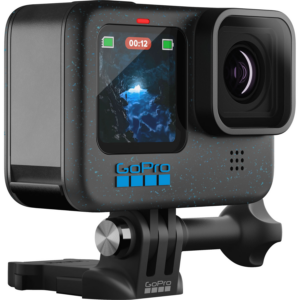
Key specs:
- Action camera
- 27MP 1/1.9-inch sensor
- Fixed lens with 156-degree field of view
- 5.3K 60p, 4K 120p
- Ports: USB-C. With Media Mod upgrade: micro HDMI, 3.5 mic input, USB-C
If you’re the adventurous type, someone who’s going to be taking your vlogging into tricky conditions, then an action camera could well be the best buy. With superb video quality and a fixed wide-angle lens, action cameras make for natural vlogging tools even when you set aside their tough and waterproof credentials. And for the best of the best in action cameras right now, you really can’t go wrong with the GoPro Hero 12 Black.
It’s likely you know the basics of what a GoPro is. The essential pitch of a little waterproof cube that shoots great-looking video has remained pretty much unchanged since the first Hero model hit the market, but has been refined and improved with every iteration. This means that the Hero 12 benefits from all the upgrades that have come before, whether it’s the class-leading HyperSmooth stabilisation system, or the 27MP 8:7 sensor that makes it easy to capture vertically oriented footage – perfect for TikTok – as well as classic 16:9.
The Hero 12 is a fairly iterative upgrade. The main focus here has been on improving the battery life, as well as opening up accessory options with additions like Bluetooth mic support and a 1/4″ tripod thread – great for vloggers as it allows the use of mini tripods like Joby’s flexible Gorillapods.
Otherwise, down the line it’s another camera showcasing everything GoPro does best – great-looking video in a waterproof, shockproof, everything-proof body.
Best mid-range vlogging camera: Fujifilm X-S20
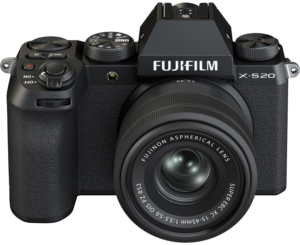
Key specs:
- Mirrorless camera
- 26.1MP Fujifilm X-Trans IV APS-C sensor
- Fujifilm X lens mount
- 6.2K 30p, 4K 60p, Full HD 240p
- Ports: Micro HDMI, 3.5mm mic input, 3.5mm headphone output, USB-C
The Fujifilm X-S20 is one of the best hybrid cameras ever made, and is a superb mid-range choice for the vlogger or YouTuber. Pairing a 26.1MP APS-C sensor with the Fujifilm X lens mount, the X-S20 makes it relatively easy to produce superb-looking, dynamic footage. At maximum resolution, it captures 6.2K video using the full width of its sensor, and with a broad range of presets, shooting modes and film simulation looks, it provides a lot of welcome shortcuts to making your shots look good.
As it’s a relatively recent camera, the X-S20 benefits from up-to-the-minute features. Its in-built stabilisation system is good for up to seven stops of effective compensation, providing you with a super-smooth shooting platform even while running and gunning. It also has subject-recognition autofocus at its disposal, and we came away especially impressed with the battery life of the camera, which has received a good bump from the previous iteration (the X-S10, still worth a look, especially second-hand).
Thanks to Fujifilm’s hard work expanding the X-mount lens ecosystem, users of the X-S20 will have one of the richest lens catalogues in the business to assemble their setup from. The camera is quite portable and balances well – though it’s worth being aware that it isn’t weather-sealed.
Best full-frame vlogging camera: Panasonic Lumix S5 II
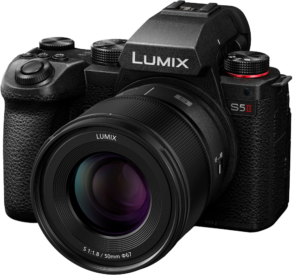
Key specs:
- Mirrorless camera
- 24.2MP full-frame sensor
- L lens mount
- 6K 30p, 4K 60p, Full HD 180p
- Ports: HDMI, 3.5mm mic input, USB-C
If you have the budget and inclination to shoot on full-frame, you’ll be rewarded with handsome, crisp imagery, with improved dynamic range compared to crop-sensor cameras. It’s also easier to shoot at vlog-friendly wide-angles on a full-frame camera, as there isn’t the crop factor incurred by smaller sensor sizes. A 20mm lens that’s mounted to a full-frame camera behaves like a 20mm lens, allowing you to fit more into the frame. If you want a cost-effective full-frame vlogging solution, our suggestion is the Panasonic Lumix S5 II.
Released in 2022, the Panasonic Lumix S5 II brought something to the table that Lumix shooters had been desiring for some time – phase-detection autofocus. Finally kissing goodbye to the undeniably dated contrast-based ‘Depth from Defocus’ system, Panasonic gave the S5 II glorious phase-detection autofocus in stills and video, and it’s just so much better.
The S5 II records video at up to 6K resolution, using the full luxurious width of its sensor. This means you have enormous flexibility when it comes to cropping your footage for different formats and aspect ratio – or for cropping losslessly into a shot to provide some visual variation in the edit. There’s also a built-in cooling system that means recording times are essentially unlimited in all modes – it adds a bit of bulk to the camera, but it’s worth it in our book. The body itself is dust-resistant and splash-resistant. You wouldn’t want to dunk it in seawater, but it’ll certainly survive a rainshower.
Panasonic’s Lumix S system uses the L lens mount, developed in conjunction with Sigma and Leica. This means users of the S5 II are absolutely spoiled when it comes to lens choice, with some seriously standout lenses available from some of the best in the business.
Essential accessories for vloggers

If you’re looking for the kit you need to start vlogging, a lot of accessories will be pushed on you, billed as the things that will be the difference between success and failure for your channel. Some will be essential, some will be handy in certain circumstances, and some will be things you can almost certainly do without.
For this section of the guide, we’re going to recommend a few accessories we think are essential (or close-to), helping you build up your setup without having to spend a fortune. Remember, of course, that everyone is different, and there is no product that is universally suitable to every single vlogger on the planet. With that said, here are our top recommendations…
External microphone
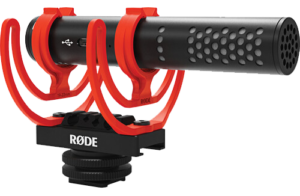
All the cameras we’ve listed in this guide offer the option to connect an external microphone – most commonly via a 3.5mm input connection, though you can also often use Bluetooth. A dedicated microphone is the single best way to improve the audio quality of your vlogs at a stroke, and this is vital. Bad audio quality will kill a viewer’s interest in your video exceptionally quickly.
We recommend: Rode VideoMic Go II. Cheap, straightforward and easy to use, this plug-and-play microphone will make a dramatic difference to your audio quality.
Stabilising gimbal
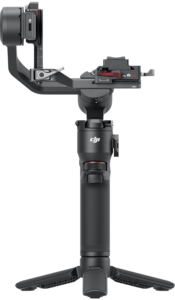
Yes, many cameras have better and better stabilisation systems these days. However, if you’re engaging in run-and-gun filming, you really can’t beat a stabilising gimbal for reliably getting usable shots while you’re moving with the camera. These clever devices allow you to capture Steadicam-level footage with one hand, and many will also offer loads of handy extra functions, such as the option to quickly swap to vertical orientation.
They’re not essential for everyone of course – if you’re doing all your shooting in the studio, there’s no need to bother. But if you’re spending time on location, or if you want to introduce dynamic, hand-held camera movement to your vlogs, a gimbal should be high on your priority list.
We recommend: DJI RS 3 Mini. Designed for smaller interchangeable-lens cameras, this portable gimbal delivers exceptional stabilisation. If you’re using a larger full-frame camera or longer lenses, consider upgrading to the full-size RS 3.
Tripod or stand

While you probably don’t need a full-size photographer’s tripod, getting hold of some way to keep your camera stable, level and freestanding is pretty much a no-brainer for a vlogger. A travel tripod will work well. Many vloggers like the flexible Joby GorillaPod for its versatility and ability to be set up pretty much anywhere. This is all true, though for pure stability, you may find you prefer a more traditional tripod.
We recommend: Manfrotto Element MII Aluminium Tripod. A simple, inexpensive tripod from one of the most reliable manufacturers in the photo accessory business. This versatile camera support provides excellent stability, a generous working height and long-lasting durability.
LED light
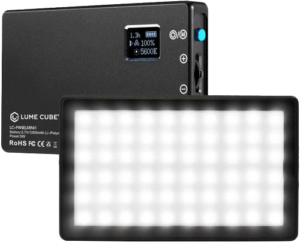
Video lighting is an immensely complex discipline once you really start looking into it. However, for most vlogging purposes, all you really need is a dependable, adjustable LED light that can give you a quick burst of illumination at the points where you need it. This doesn’t have to cost the earth, and plenty of manufacturers have jumped at the chance to offer affordable options in this space.
We recommend: Lume Cube Panel Mini. This panel is available at a tempting price, especially compared to market leaders like Rotolight, and it offers good ranges of brightness and colour temperature settings. Bear in mind you may also need to get a stand to mount the light on, so that you can position it wherever you need it.

